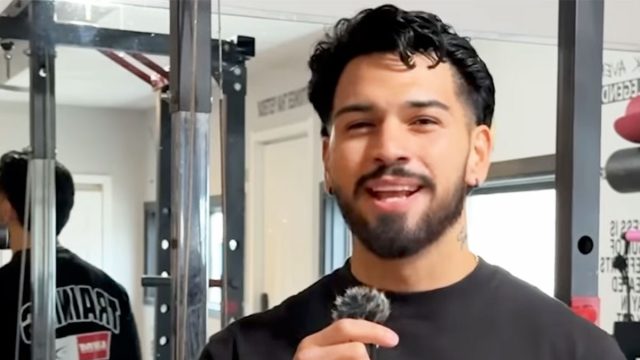4 Expert-Backed Methods to Lose 20 Pounds of Body Fat in 90 Days

Are you frustrated with all the one-size-fits-all fat loss methods that don't seem to work for you? One expert claims there are a handful of easy and effective methods you can choose from to lose weight. Mateo Ruperti is a fat loss coach who uses his LWM Blueprint to help "busy people lose 20 lbs in 90 days." In a new post, he reveals five methods that you can use to drop weight fast. "How to lose body fat in 3 months," he writes.
Method 1
His first method involves a lot of coffee and water. "Drink a lot of water, so your tummy will be filled with water and you won't have urges to eat," he says. Drink black coffee: Caffeine will give you energy and will manipulate your brain into thinking you are not hungry. Use this when having cravings."
RELATED: 8 High-Protein Foods with Nearly Zero Calories That Melt Fat
Method 2
The second method involves exercise and a calorie deficit. "Be in a slight calorie deficit of 200-300 calories. Use high dense food to make you feel like you are full without eating so many calories," he says. Also, do cardio. "Walk about 10,000 to 15,000 steps everyday. Walking is the best form of cardio to burn calories." A 2018 study published in the journal Obesity found a link between walking 10,000 steps a day and weight loss and weight management. Other studies published by the Journal of American Medical Association (JAMA) in JAMA Neurology and in JAMA Internal Medicine also linked walking 10,000 steps a day to less dementia and less cardiovascular disease overall, with less heart disease, less heart failure, and fewer strokes.
Method 3
The third method is following the 30-30-30 Rule. "Do 30 minutes of cardio after 30 minutes of waking up and then eat 30 grams of protein. This is one the fastest ways to burn fat!" he claims.
RELATED: 20 Foods You Didn't Know Were Ultra-Processed
Method 4
His final method? "Eat foods that are rich in protein," he says, revealing the following recommendations:
- Egg whites
- Chicken
- Beef
- Broccoli.
RELATED: I'm a Nutritionist and These are the Best Banana Recipes For Weight Loss
Bonus Tips
He also offers some bonus tips
- Stop drinking ALCOHOL
- No soda, Starbucks etc.
- Count your calories precisely for at least 6 days a week.
- Sleep 7-8 hours a day for better rest and recovery.
And if you enjoyed this article, take advantage of these 15 Quick Ways to Lose Body Fat Percentage in a Week




